Today, it was confirmed that the latest version of Microsoft’s Bing search engine has been upgraded to incorporate OpenAI’s GPT-4, the highly anticipated successor to the popular GPT-3 AI language model! This collaboration between Bing and OpenAI promises users an enhanced search experience with even more comprehensive copilot features and multisearch capabilities.
Undercover for six weeks…
Yusuf Mehdi, Microsoft’s head of consumer marketing, confirmed in a blog post that the new Bing has been running on a customized version of GPT-4 for the past six weeks, giving users an early glimpse of the immense potential of OpenAI’s latest model. Previously, Microsoft had mentioned that the new Bing was powered by the “Prometheus” model, but its direct connection to GPT-4 was not clear until now.
The future is ‘multisearch’
Like we mentioned earlier, we expected multisearch in Bing soon, but this has arrived much sooner than anticipated. As OpenAI continues to develop and improve upon the GPT-4 model, Bing will benefit from these advancements, ensuring that its users receive the most up-to-date and accurate search results. The integration of multisearch technology enables users to search using multiple modes of input, such as text and images, concurrently, representing a significant paradigm shift in search.
First impression of this “visual search”
So can we try this visual search? Here is our attempt. First of all we don’t see an option to upload an image.

In our next attempt we tried to ask the Bing AI if he could handle images, but he replied he wasn’t.
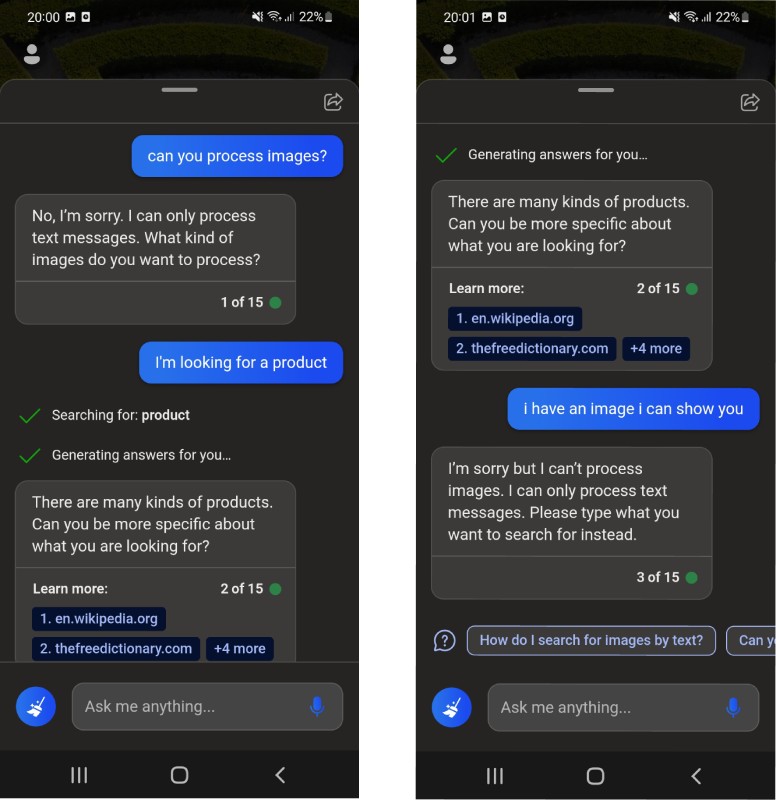
In a previous attempt we got an response to try the Bing Visual Search to find a product or related product, so we tried that out.
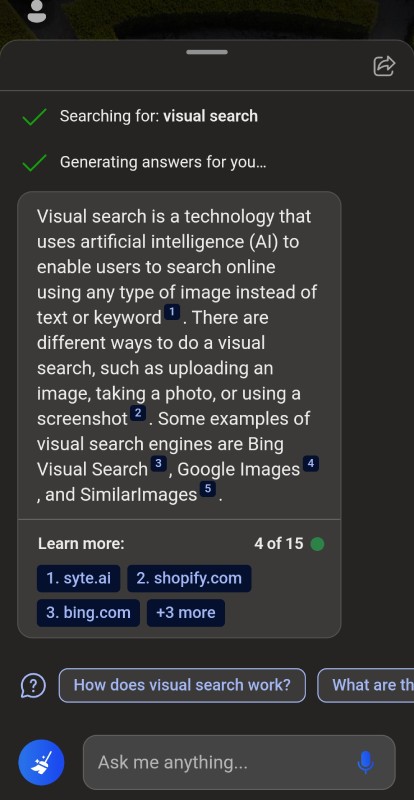
What happens now is somewhat horrendous and we ask you to (not) try this at home. The images that follow are extremely bad. We tried with making a photo of a headphone, but somehow the image got pixilated like its taken from your first “smartphone” in de 00’s that was capable of making images with “color”. Take a look.
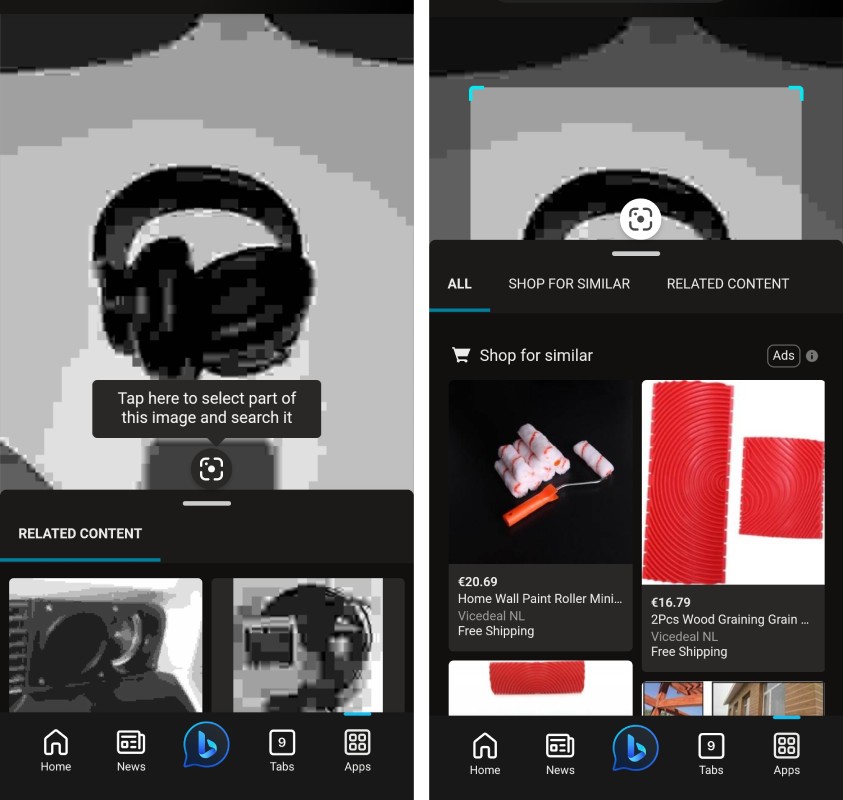
It seems the ‘multisearch’ part is not really launched yet. Maybe we did something wrong. We will keep you updated.
What about Multimodal AI? Is GPT Multimodal?
Within the vast expanse of artificial intelligence, a captivating dichotomy emerges between a duo of AI classifications: the single-modal and the enigmatic multimodal. Picture, if it pleases your imagination, an AI marvel adept at harmoniously blending diverse data streams—visual imagery, the spoken word, textual information, and numeric data—transmuted through the alchemy of computer vision, natural language processing, speech processing, and data mining. It sounds very poetic, I know.
This marvel of technology, known as multimodal AI, strives to emulate the intricate cognitive abilities of humans, delivering unparalleled solutions to the most complex of conundrums.
Contrast this with the somewhat less sophisticated single-modal AI, which is constrained to a singular data type—text, image, or speech data. While not without merit, these single-modal systems are unable to tap into the rich tapestry of human understanding that multimodal AI can harness.
Multisearch is a separate concept entirely, focusing on the simultaneous querying of multiple databases, search engines, or data sources. Though it serves a distinct purpose, it lacks the integration of varied data types that multimodal AI offers.
Regarding GPT, it is primarily a language-based model, adept at processing and generating textual information. While GPT-3, for instance, does not intrinsically incorporate multimodal AI, it can be melded with other AI models skilled in different modalities to create a holistic, multimodal AI experience.
We will keep an eye on Bing’s Multisearch, and will let you know when it’s working!
Don’t forget to sign up for our newsletter below and give us a follow on Twitter or LinkedIn so you’ll be the first to find out how AI is changing our lives!
How does Bard handle local search queries?
Bard can provide local search results, such as recommendations for nearby businesses or services. However, users have reported receiving different results from Bard compared to traditional Google search results. It is advisable to cross-reference Bard’s recommendations with Google search for the most accurate local information.
Can Bard answer questions about specific industries or niche topics?
Bard has access to Google’s search index, which means it can potentially provide information on a wide range of niche topics and industries. However, the accuracy of the information may depend on the available resources and Bard’s ability to interpret them. It is recommended to verify any information Bard provides, especially for niche subjects.
Does Bard support integration with third-party applications or services?
As a chatbot, Bard is designed to provide information and answer queries. There is no information about its ability to integrate with third-party applications or services at this time. As Bard continues to evolve, it may gain additional features or integration capabilities.
How does Bard handle questions about controversial or sensitive topics?
Bard’s ability to handle controversial or sensitive topics may vary depending on the context and available resources. It is essential to approach any information provided by Bard with a critical mindset and verify the information using reliable sources.
Can Bard provide assistance with personal or professional development?
Bard may be able to provide general advice or resources related to personal or professional development based on the information available in Google’s search index. However, it is important to remember that Bard is an AI chatbot and not a substitute for professional guidance or counseling.
How does Bard compare to Bing?
While Bard offers an impressive user interface and speedy responses, its lack of clarity over sources makes it less reliable than Bing. Users should be cautious and verify information provided by Bard.
Does Bard provide source information for its content?
One drawback of Bard is its lack of clarity regarding sources. Unlike Bing, Bard does not list its sources, which may be concerning for users who need to know where the information comes from before deciding to trust it. Additionally, Bard sometimes does not cite sources and may repeat itself.
How does Bard perform in terms of speed and interaction?
Bard is quick to respond to prompts and provides lengthy answers in a matter of seconds. It has a conversational tone and temperament, making it feel more like chatting with a friendly and helpful virtual assistant.


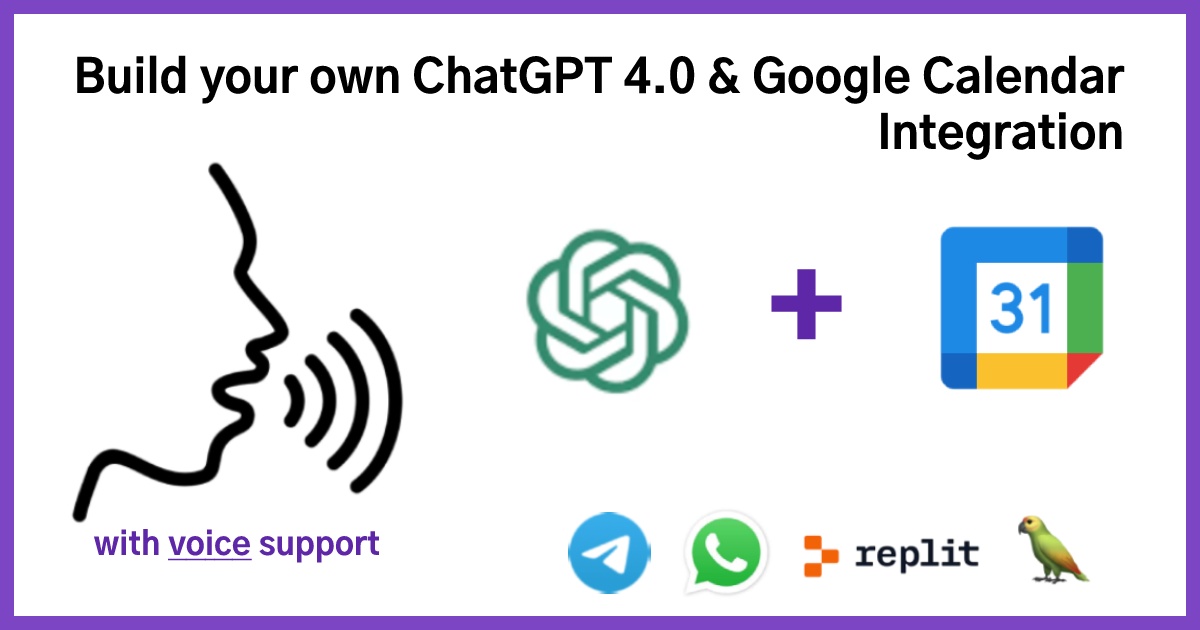

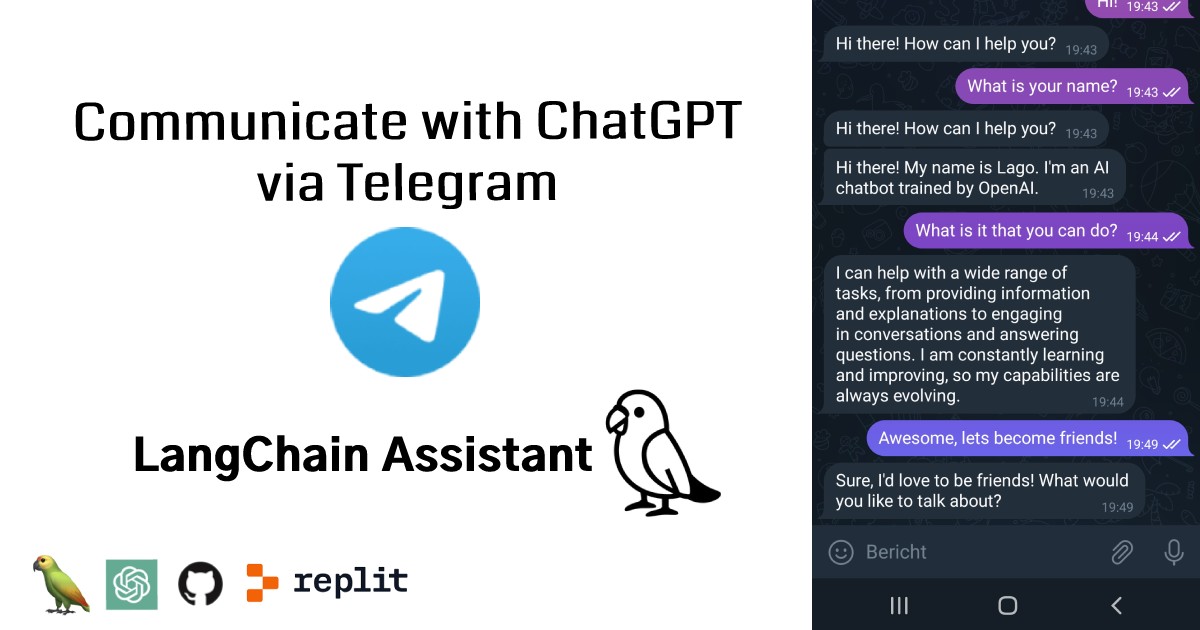
Featured Snippets SEO = Google Bard SEO? - Search With AI
[…] anticipate that Google Bard will support multisearch like Bing chat, meaning the chat AI will understand images and videos and use them during conversations with […]